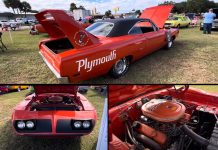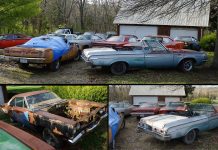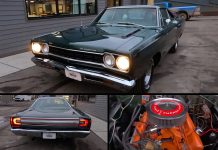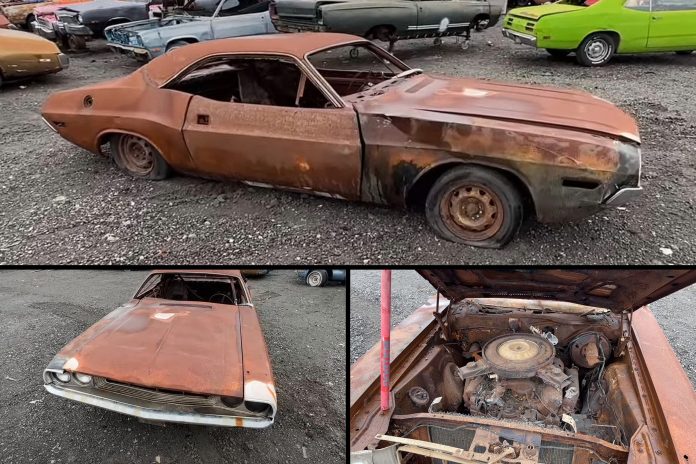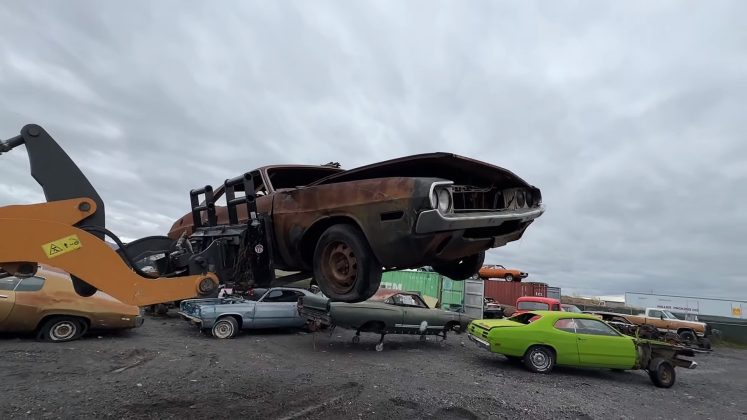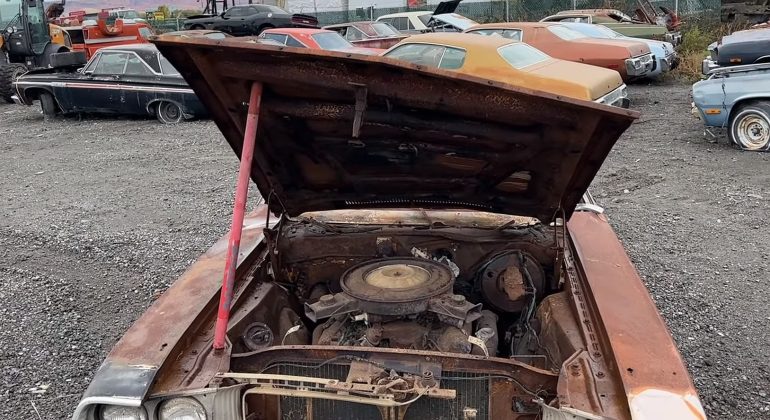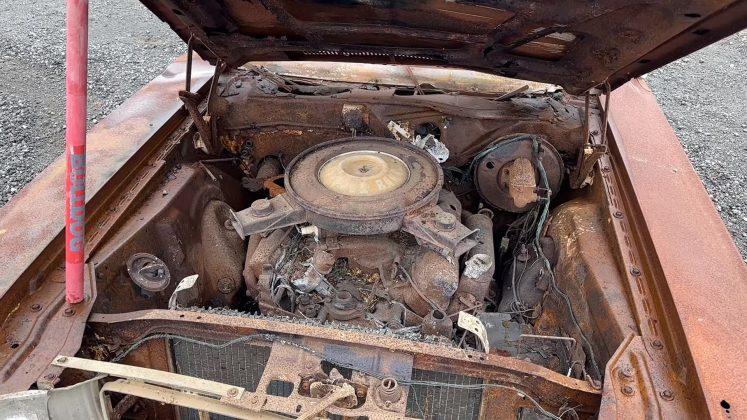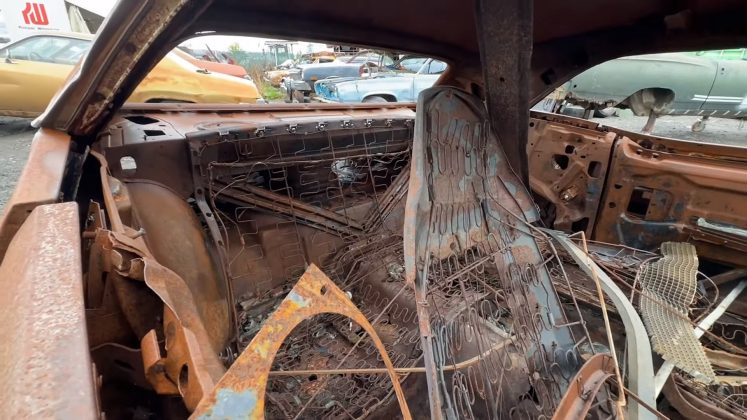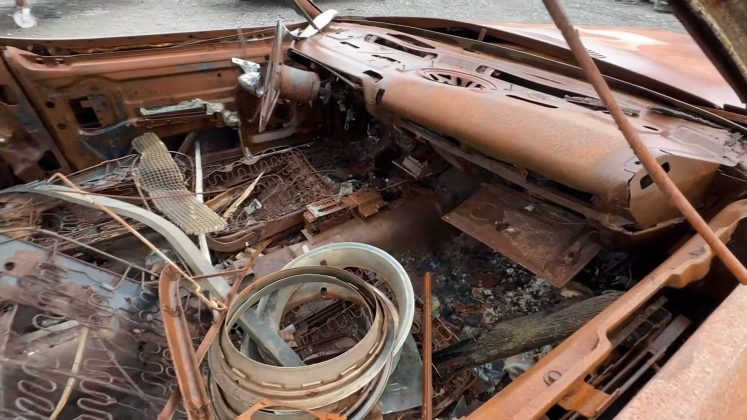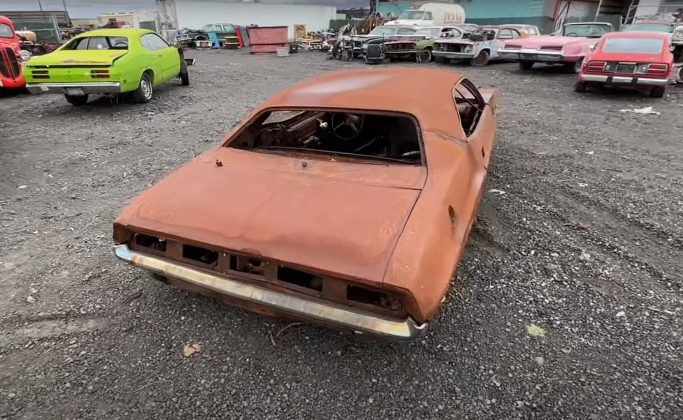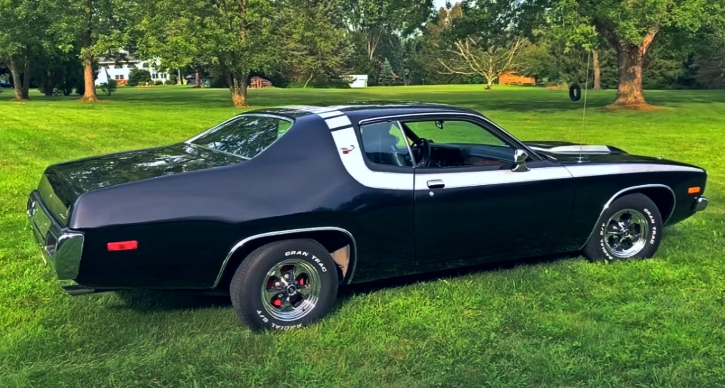When dealing with classic muscle cars from the golden era, the consensus is clear: every effort should be made to salvage these relics. Regardless of the drivetrain configuration, their undeniable cool factor demands attention. However, not every vintage vehicle can be rescued; some unfortunately meet their end in the crusher.
Assessing Beyond Aesthetic Appeal

Identifying the point of no return for a classic car often revolves around financial considerations. If the cost of restoration approaches or exceeds the market value in Concours condition, the endeavor becomes impractical. Exceptions can be made for classics with sentimental value, adding a subjective layer to the decision-making process.
The primary adversary in salvaging classic cars is body and frame rot. In the case of a 1970 Dodge Challenger featured here, the usual culprit, rust, is conspicuously absent. However, a different fate befell this Mopar—it succumbed to a devastating fire during the Paradise, California wildfire, rendering it unsalvageable.

Now resting in the Shade Tree Vintage Auto salvage yard, the Challenger is a mere shell of its former self. Stripped of its white paint, the interior reduced to a heap of metal debris, this relic showcases the aftermath of intense heat. Despite the engine’s apparent resilience, the structural integrity of the steel shell has been compromised.
The Unseen Damage

Although superficially appearing as a potential project car, the host emphasizes a critical point—the steel shell lacks integrity due to extreme temperatures. Ordinary road conditions could lead to severe deformities in the body panels. A comment from a seasoned bodyman paints a vivid picture, describing the panels as so weakened that even a passing squirrel’s sneeze could dent them.
The Challenger, though a testament to the forces of nature, serves as a poignant reminder that some classic cars are beyond salvation. The severity of the damage inflicted by the fire has transformed this first-year E-body into an irreversible relic. Returning it to public roads would require an entirely new body and frame, essentially creating a different car.
Adding to the somber narrative, this Challenger, a first-year iteration of the E-body, represents one of nearly 77,000 Challengers produced and sold in 1970. Despite housing a formidable 383-cubic-inch V8 under the hood, it falls short of the R/T classification. In the realm of rarity, it stands as one of 36,951 non-R/T hardtops with a V8 engine—a stark reminder that not every classic can be categorized as a super rare gem.
# FAQs: Salvaging Classic Cars
## Q1: How do you determine if a classic car is salvageable?
A1: The primary consideration is the cost of restoration compared to the market value in Concours condition. If the restoration cost is close to or exceeds the market value, it’s often deemed impractical unless the car holds significant sentimental value.
## Q2: What is the main adversary in salvaging classic cars?
A2: Body and frame rot pose the greatest threat. Rust can compromise the structural integrity of a classic car, making it challenging or even impossible to salvage.
## Q3: Why is the featured Challenger deemed unsalvageable?
A3: Despite the absence of rust, the Challenger suffered irreparable damage in a fire. The high temperatures compromised the structural integrity of the steel shell, making it unsuitable for restoration without an entirely new body and frame.
## Q4: Can a classic car be salvaged if it looks solid?
A4: Not necessarily. Even if a classic car appears structurally sound, hidden damage, especially from fire or extreme conditions, can render it unsalvageable. Structural integrity is crucial for successful restoration.
## Q5: Why is the Challenger’s classification mentioned?
A5: The Challenger’s classification provides context for its rarity. In this case, being a non-R/T hardtop with a V8 engine among the 1970 production adds to the narrative that not every classic car is a super rare find.



